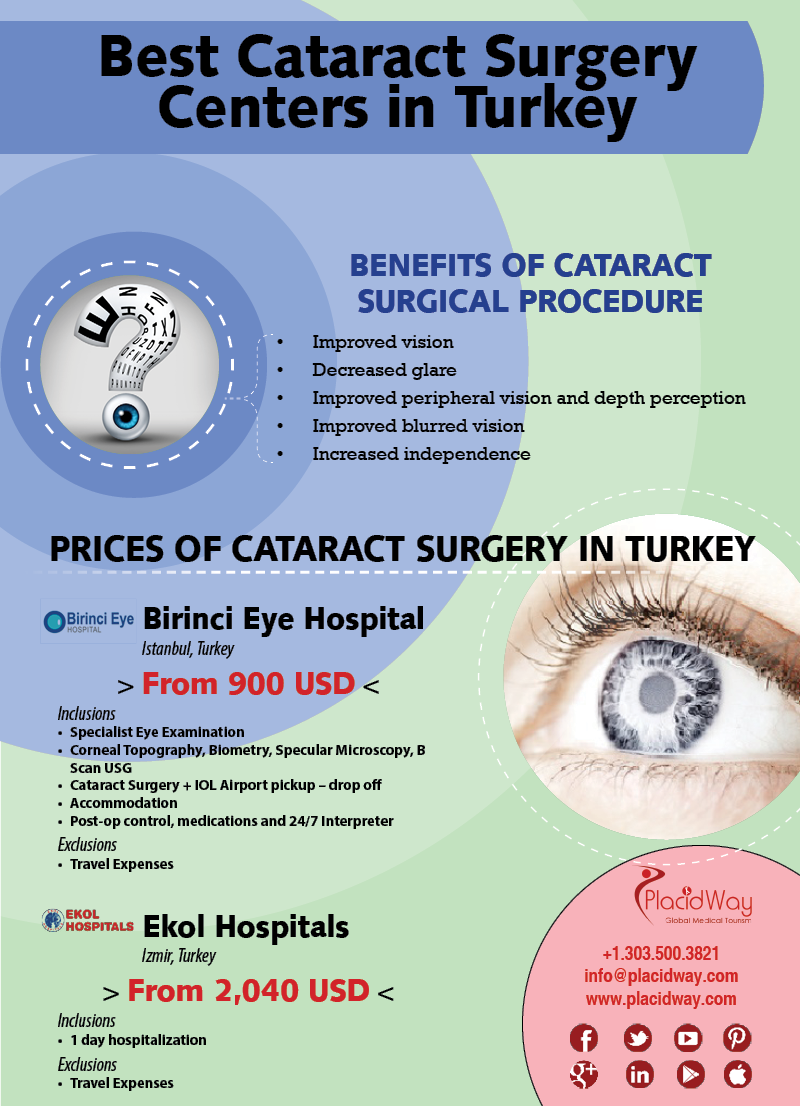Eager To Comprehend Refractive Lens Exchange? Explore Important Understandings And Options That Might Substantially Impact Your Vision Experience
Eager To Comprehend Refractive Lens Exchange? Explore Important Understandings And Options That Might Substantially Impact Your Vision Experience
Blog Article
Write-Up Produced By-Blanton McLean
If you're thinking about refractive lens exchange, you possibly have a lot of inquiries. This treatment might transform exactly how you see the world, offering benefits like minimized dependancy on glasses. However, it's essential to recognize the procedure, risks, and who certifies as a good candidate. Let's explore these important elements so you can make an educated decision regarding whether RLE is right for you.
What Is Refractive Lens Exchange and How Does It Work?
Refractive lens exchange (RLE) is an operation made to change your eye's all-natural lens with a man-made one, correcting vision issues like nearsightedness, farsightedness, or presbyopia.
Throughout the procedure, your doctor makes a little cut in the eye, removes your natural lens, and inserts an intraocular lens (IOL) tailored to your vision requires. This outpatient surgical procedure generally takes around 15 to 30 minutes per eye and is carried out under neighborhood anesthetic.
You'll likely observe enhancements in your vision nearly promptly, though full recovery might take a few weeks. RLE is especially beneficial for those over 40 or with high prescriptions, offering a resilient service contrasted to glasses or call lenses.
Your eye treatment professional can help determine if RLE is right for you.
What Are the Perks and Dangers of Refractive Lens Exchange?
Picking refractive lens exchange can result in considerable renovations in your vision, but it is very important to weigh both the advantages and threats prior to choosing.
On the bonus side, this treatment can enhance your eyesight by correcting concerns like presbyopia, myopia, and hyperopia. Several clients delight in decreased reliance on glasses or call lenses, which can significantly improve their quality of life.
Nonetheless, it's crucial to think about possible dangers. Problems can consist of infection, glow, or halos around lights.
There's likewise an opportunity of overcorrection or undercorrection, which might require additional treatments.
Who Is an Ideal Candidate for Refractive Lens Exchange?
If you're taking into consideration refractive lens exchange, it is essential to understand whether you fit the account of an ideal prospect. Usually, https://daron-dina.blogbright.net/the-longevity-of-lasik-insights-into-adjustments-in-vision-1743600063 might be a great candidate if you're over 40, experience presbyopia, or have high levels of nearsightedness or farsightedness.
https://www.dovepress.com/comparison-and-analysis-of-fda-reported-visual-outcomes-of-the-three-l-peer-reviewed-fulltext-article-OPTH 's additionally important that your vision is secure, indicating your prescription hasn't altered substantially in the past year. If you have cataracts or other eye problems, you might benefit from this treatment as well.
Nevertheless, particular aspects, like unchecked diabetic issues or autoimmune illness, could disqualify you. To identify your candidateship, seek advice from an eye treatment specialist who can evaluate your specific scenario and recommend the very best course of action tailored to your needs.
Final thought
Finally, refractive lens exchange can be a transformative choice for boosting your vision, especially if you more than 40 or have a high prescription. While the advantages are substantial, it's vital to weigh the threats and consult with your eye care professional to determine if you're a suitable candidate. With the ideal info and advice, you can make an informed decision and perhaps delight in a life with lowered dependence on glasses.
